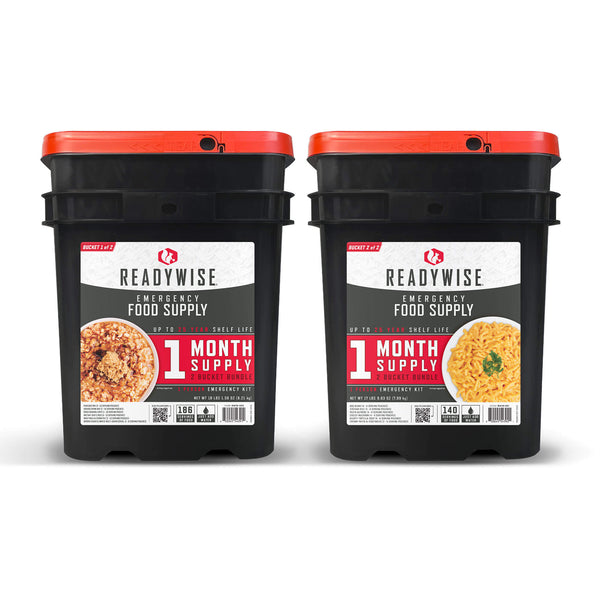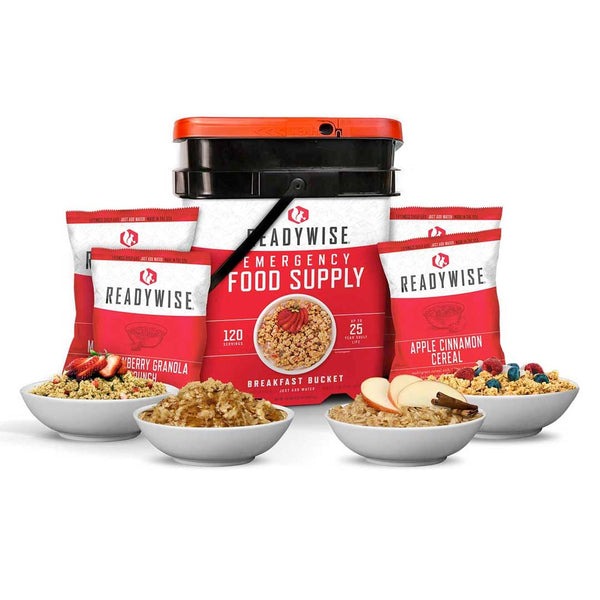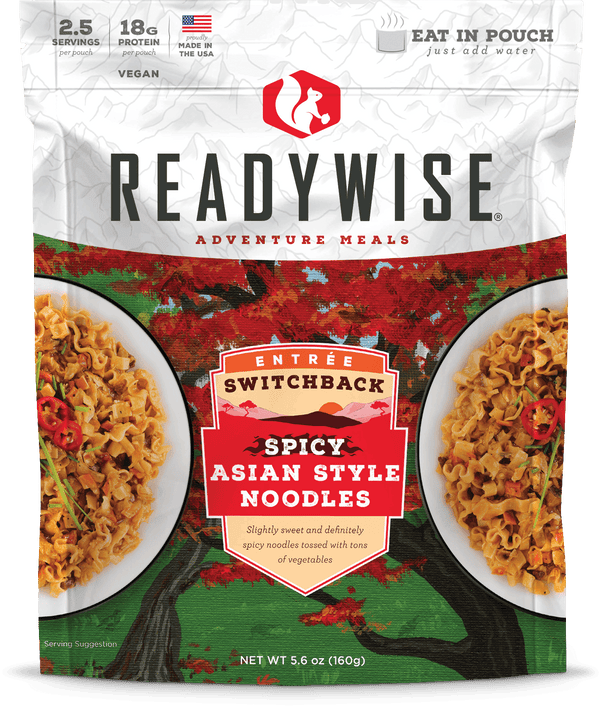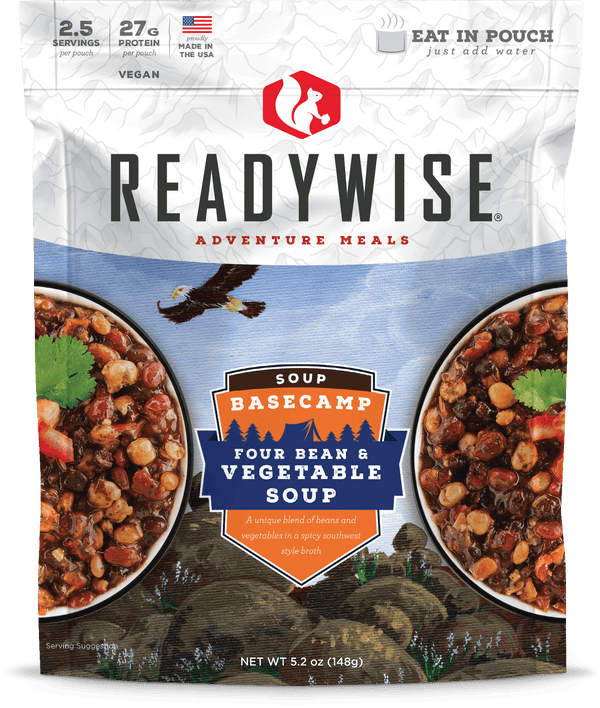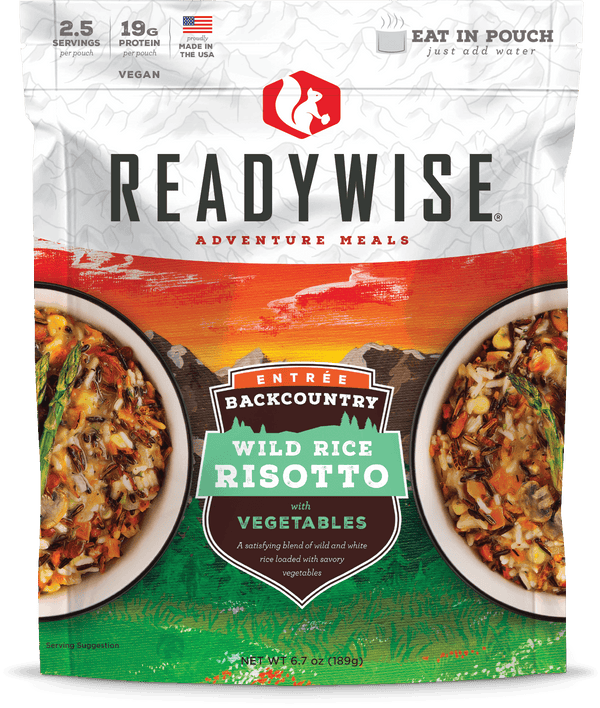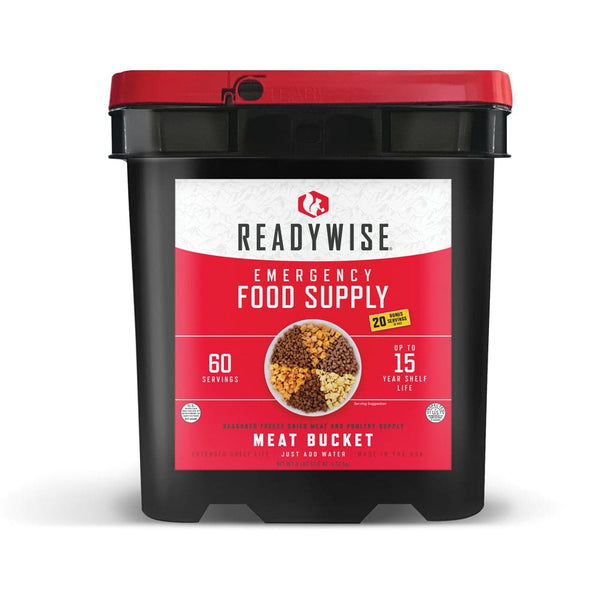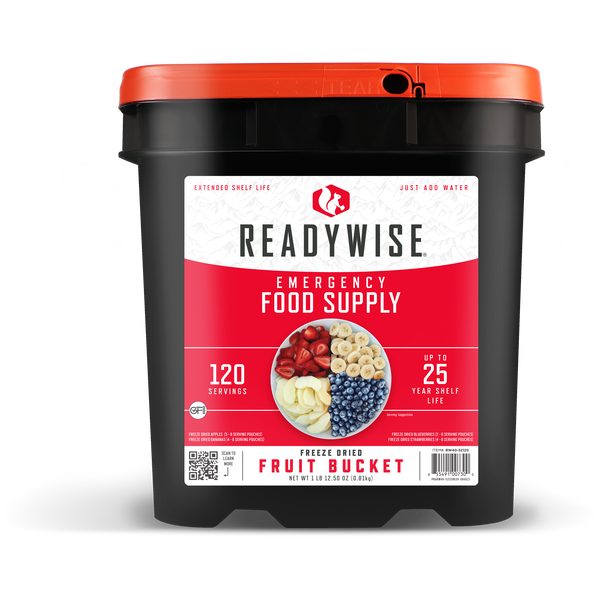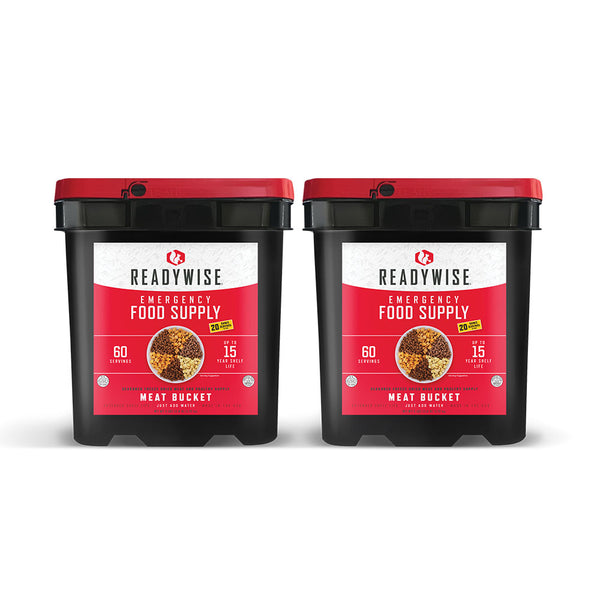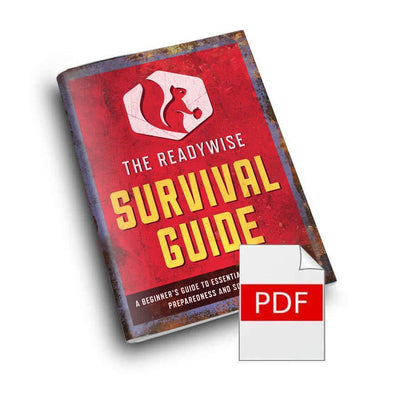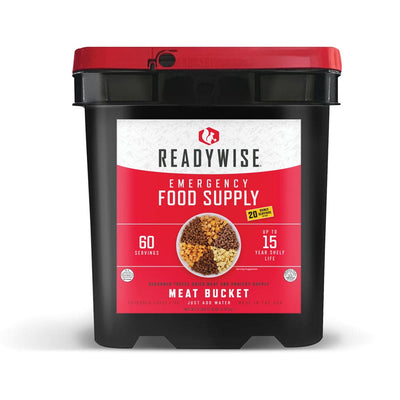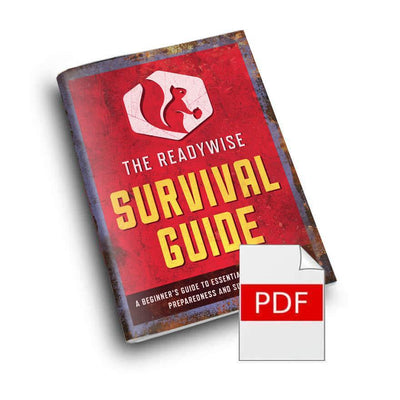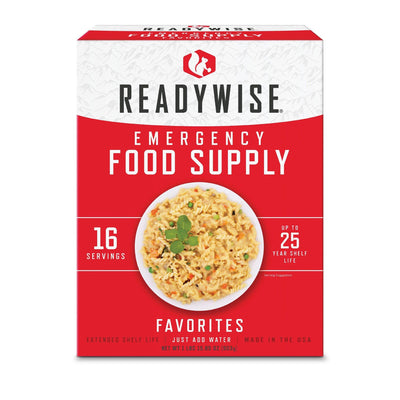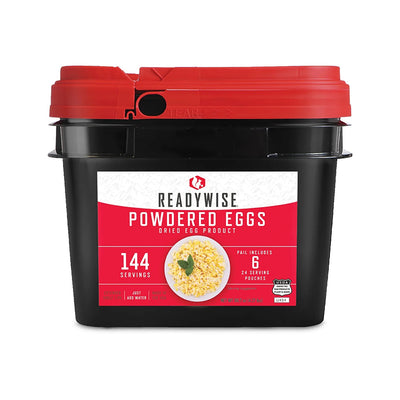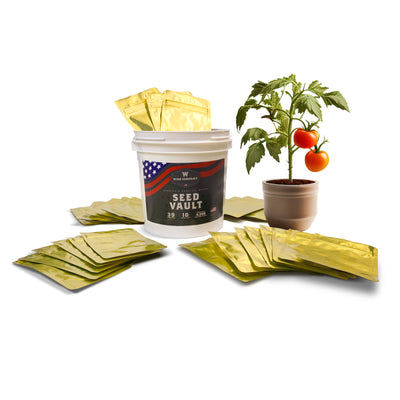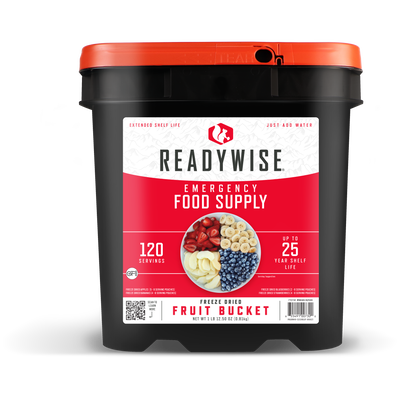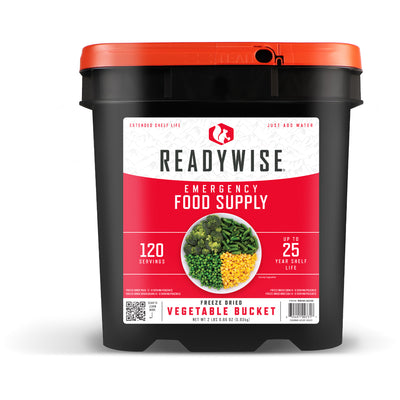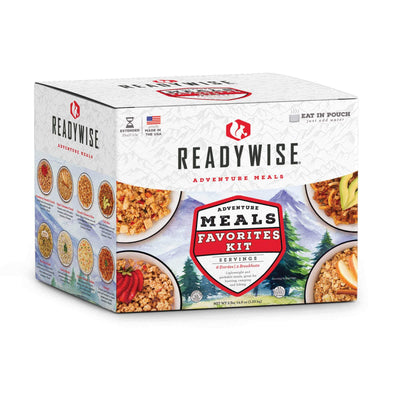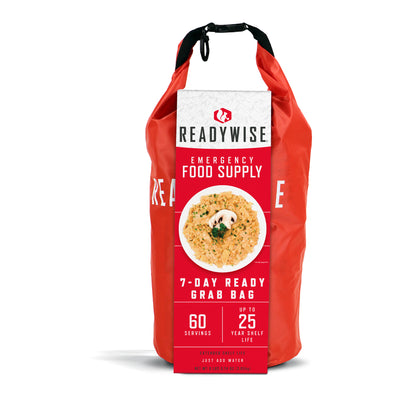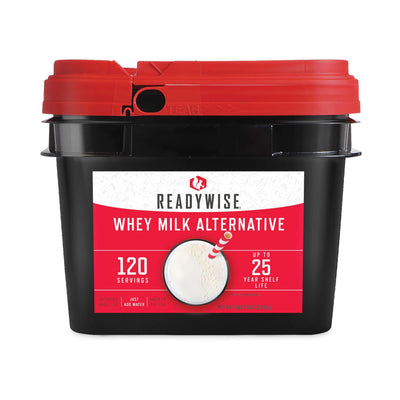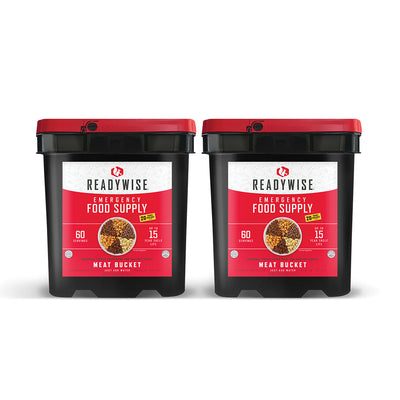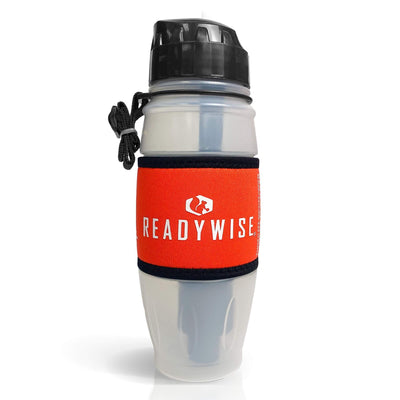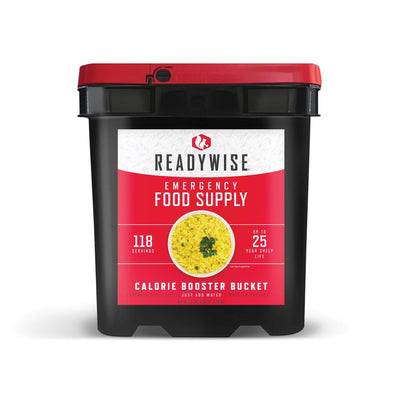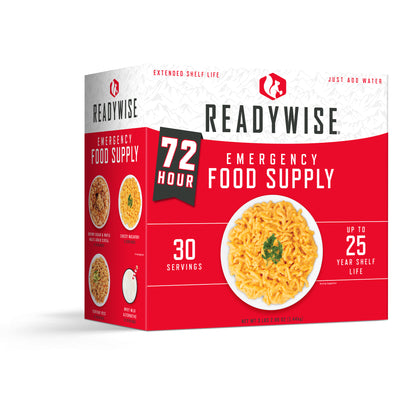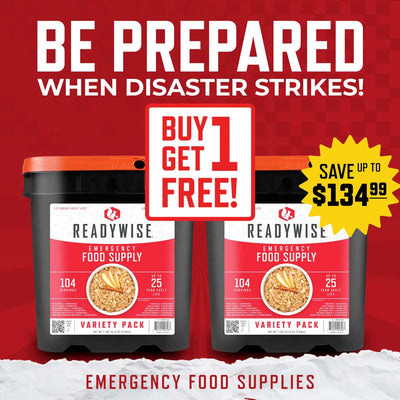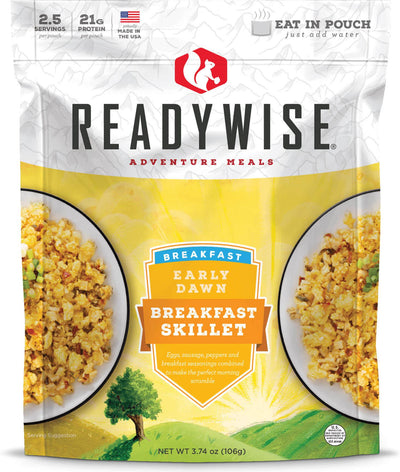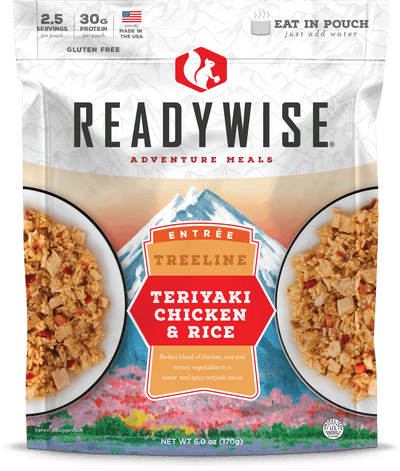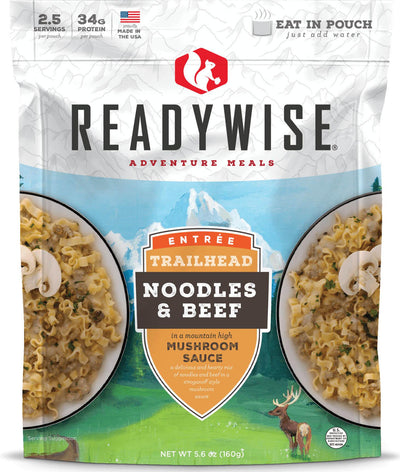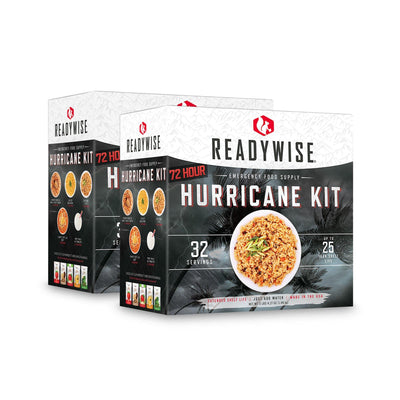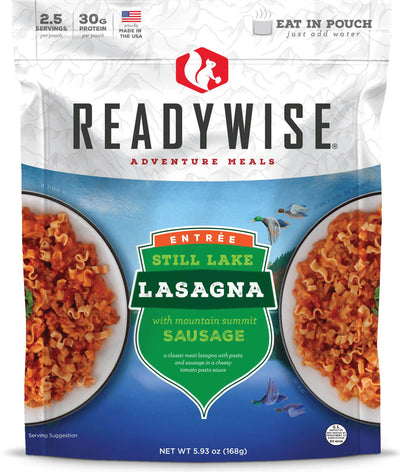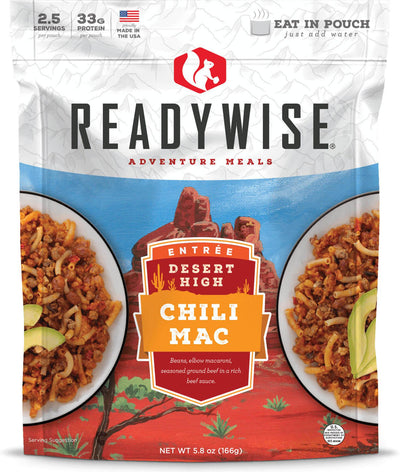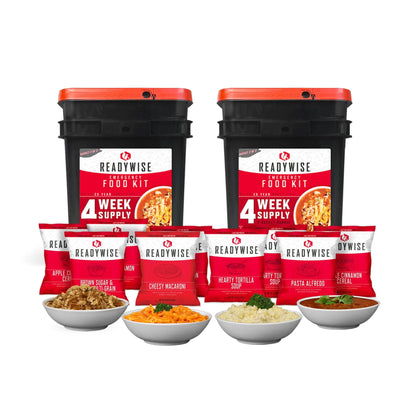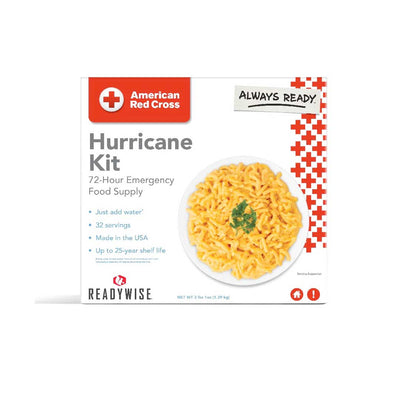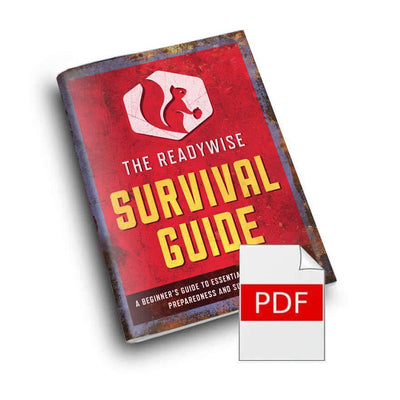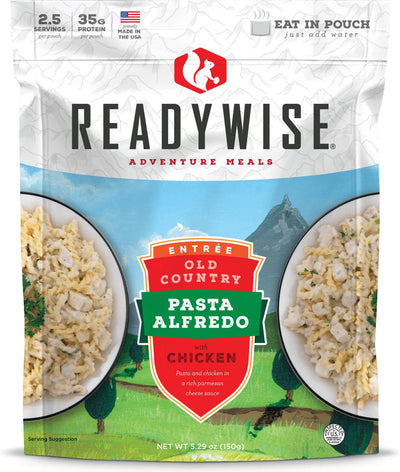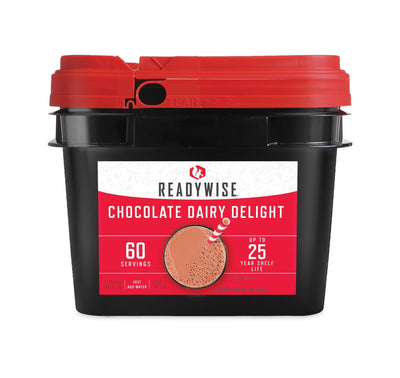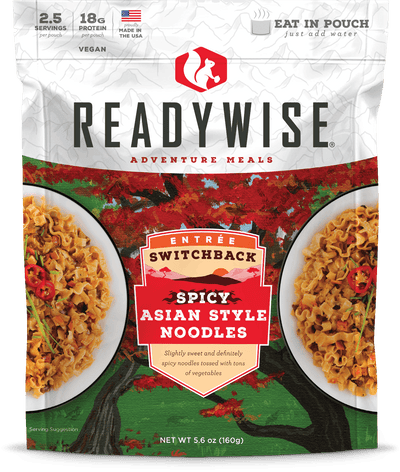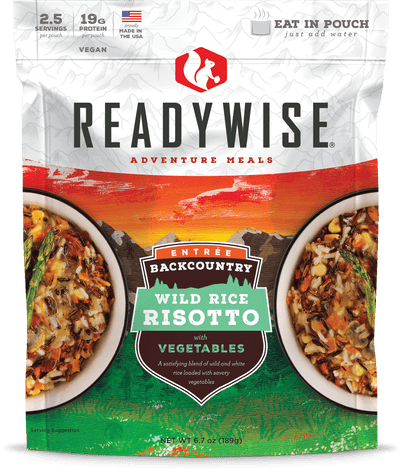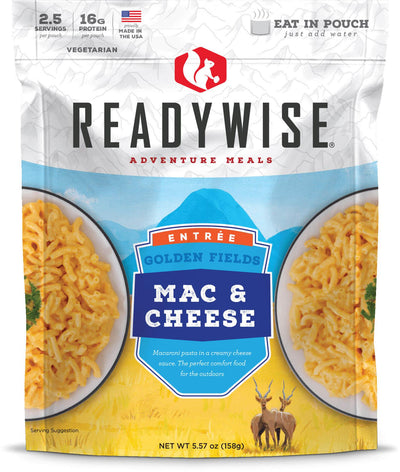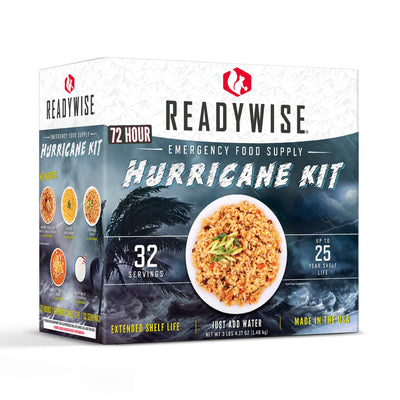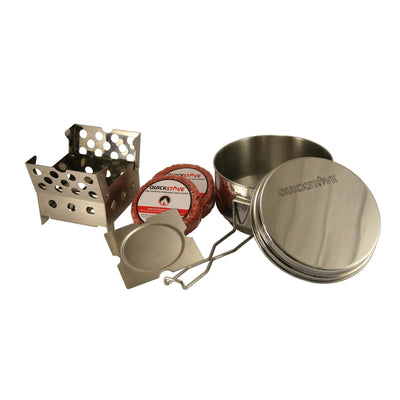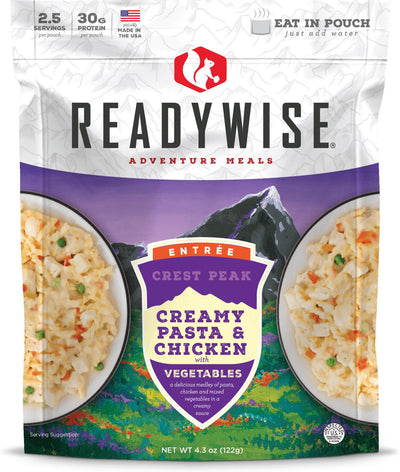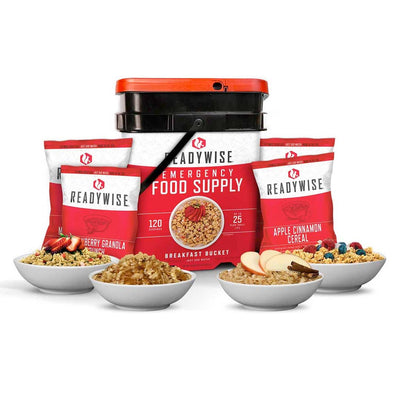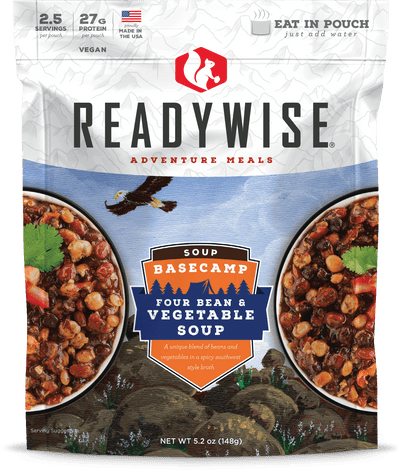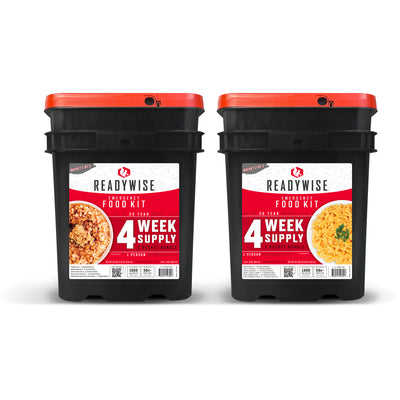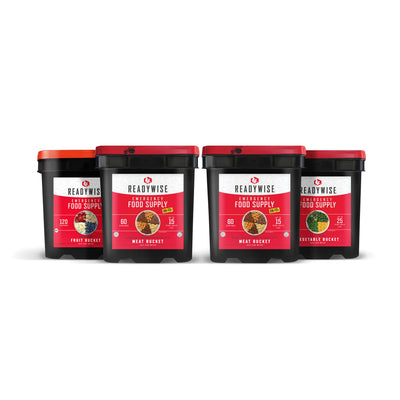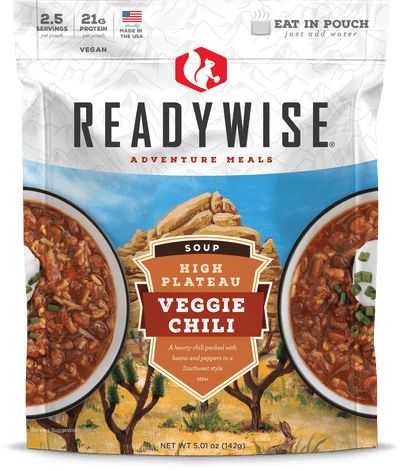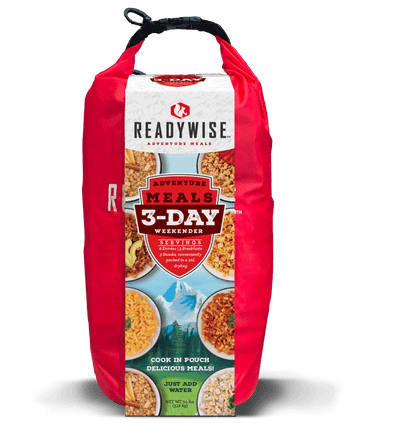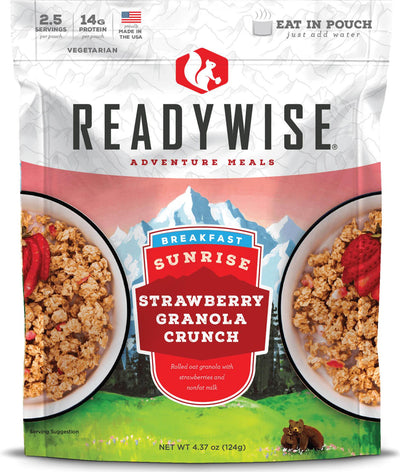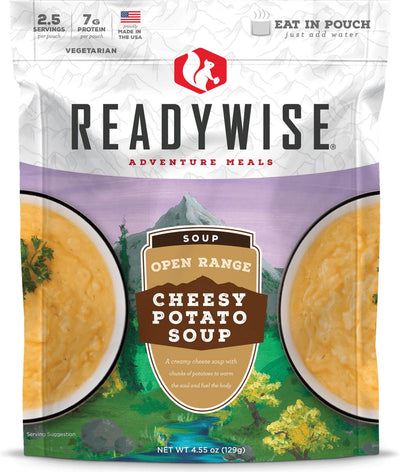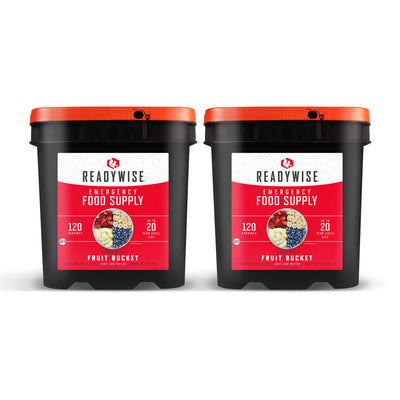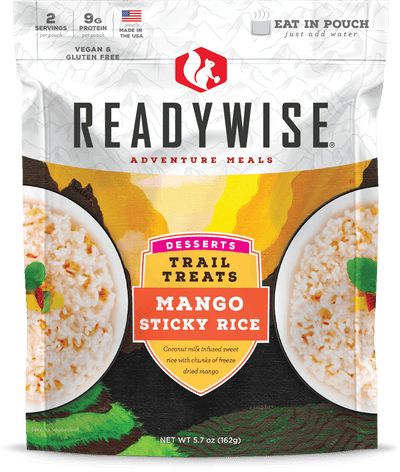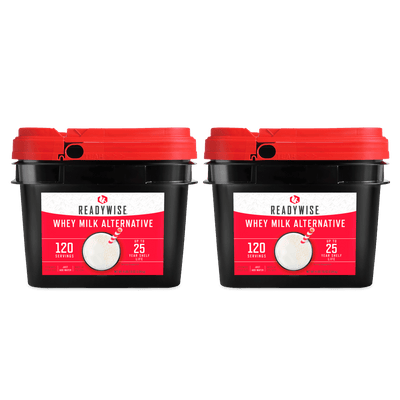Natural Disaster Map of the U.S.

News headlines announce what seems like a disaster de jour lately, with the Colorado Floods, and California Wildfires taking center stage so far this fall. We all know that certain regions of the country are more susceptible to certain types of natural disasters than others, but graphics like this bring the reality into sharp focus. “Wow! That could’ve been you, or me,” we think as we run our eyes across the landscape of nature’s terrifyingly powerful possibilities.
One thing this map makes abundantly clear is that some regions are prone to multiple types of natural disasters - floods that can be driven by hurricane generated rains, or a terrible mix of wildfires that ravage moisture-retaining mountain slopes, which turn into the next seasons floods - and then there’s the earthquakes. Tornadoes pose their own special brand of horror.
When preparing our families and communities for the worst (while hoping for the best! ) it’s important to take into account the dangers that are most likely to occur in our part of the country and at which time of year.
The first step might be to sit down with your family to discuss what types of disaster could occur in your region, and use that as a natural basis for discussion about the ‘what if’ question and answer phase that might follow.
Based on living in, say ‘Tornado Alley’, you might first identify the best sources of information that you should access, like: the National Weather Service and local radio and television stations, to stay informed. You can also take advantage of Weather Awareness Events in your local community. Then FEMA’s BeReady.gov website can give you proven and time-tested ‘Best Practices’ guidelines about the type of emergencies that could arise from tornadoes - with practical guidance for unique ‘before’, ‘during’ and ‘after’ phases of natural disaster planning.
Additionally, the American Red Cross has recently released mobile apps that are ‘event specific’ such as the Tornado App - and this could drive the middle part of your discussion about how to prepare for, and then mitigate and respond to the damage and injuries that could result from possible natural disasters.
Now, the discussion might refocus on identifying an actual list of food, equipment, medications or other supplies that your family needs to acquire to survive over sensible time frames, in what quantities, and where to best source these necessities. Costs should play a role here, and setting sensible budgets for this is a must. Excellent disaster preparations and response can be accomplished without spending a fortune, by doing your homework, talking to experts, and implementing the plan incrementally over a timeline.
Next, no disaster preparation is complete without some sort of practice. This can be a great way to bring your family together on an evening or weekend to develop practical experience implementing the emergency procedures you’ve outlined.
Once you’ve got the family on-board with a plan, you might want to reach out to the schools, churches and your local community to see what plans they have in place and how you might coordinate effectively with those larger emergency plans and public resources. Contacting your state, county and city division of emergency services is the first and best place to start that ball rolling. Luckily, FEMA has an online list of contacts for just this reason!
Finally, have you considered joining forces with one of the many non-governmental volunteer agencies that make our communities safer places? There are many to choose from. CERT (Community Emergency Response Team) teams are a great place to begin.








